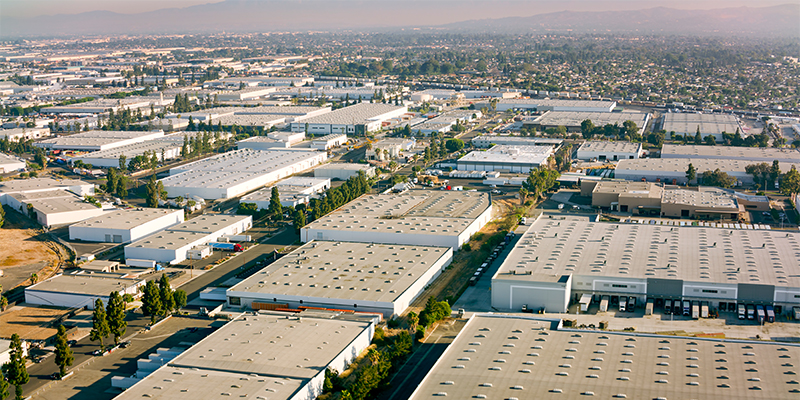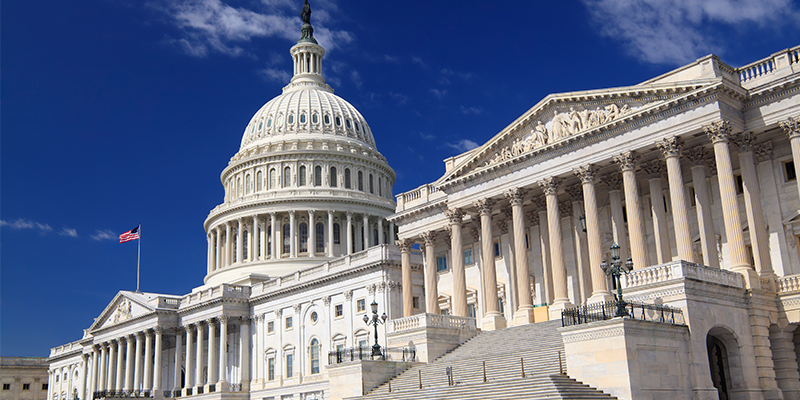By Jack Hargrove
For decades now, California has earned a reputation as one of the hardest states for developers to build in. High costs, long permitting timelines and a harsh regulatory environment have stopped many projects before they can even start. However, earlier this summer, the California State Legislature passed major reforms to one of the laws most responsible for restricting development: the California Environmental Quality Act, or CEQA.
CEQA is an environmental review law enacted in 1970 shortly after Congress adopted the similar National Environmental Policy Act (NEPA) at the federal level. Like many other environmental review laws, CEQA was intended to ensure that the environmental impacts of a project are mitigated before the start of construction. Unfortunately, the broad interpretation of CEQA has hindered needed commercial and residential development across the state. While NEPA only applies to projects receiving federal funding or requiring a federal permit, any project in California requiring approval from any level of government must undergo a full CEQA review. The CEQA review process has allowed any party who opposes a given development to significantly delay or even prevent construction through CEQA-based litigation.
Over the subsequent decades, many reforms to CEQA have been proposed, but no major change has ever passed. However, momentum for needed reforms built up over time due to California’s severe housing shortage. In June, as the California legislature was working to a state budget for FY 2026 starting July 1, Governor Gavin Newsom unexpectedly threatened to veto the budget unless the legislature passed AB 130 and SB 131. These budget trailer bills included language for significant CEQA reform from Assemblymember Buffy Wicks and Senator Scott Wiener. Newsom succeeded, and the budget bill was signed into law.
So, what specific changes were made that will make development easier in the state? As the primary purpose for the reform was to alleviate the housing crisis in California, it is targeted toward projects that are housing oriented. Specifically, urban infill housing development projects are now entirely exempt from CEQA review, provided they meet certain requirements that include but are not limited to:
- Two-thirds of square footage must be dedicated to housing, or one-half of square footage if there are more than 500 housing units
- The project must use less than 20 acres of land
- The structure must be under 85 feet in height
- The project must meet density requirements for the area
- The project must meet other requirements, including historic preservation and tribal consultation
Further, if the project does not meet one of these conditions, its CEQA review will only pertain to that specific aspect of the project. Qualifying developments will also be kept to a 30-day approval timeline. In addition, rezoning land from commercial to residential will no longer require a CEQA review, making adaptive reuse projects easier. While the legislation is targeted toward residential real estate, many multifamily and mixed-use developments will qualify.
The budget legislation reforms more than just CEQA; it also provides a much-needed change to the way California building code updates work. The building code for residential projects has been frozen from receiving significant updates for six years. In addition, building code updates for commercial projects has been extended to a three-year cycle, doubling the previous 18-month timeline. These changes to building code updates will make it easier for developers to plan, lower costs and speed up approval processes.
While these changes will hopefully make it easier for the commercial real estate industry to build in California, there is one major piece of bad news: warehouse developments have been carved out and excluded from all of the reforms relating to CEQA. This comes on the heels of California’s AB 98, a major piece of anti-warehouse legislation that was enacted in 2024. On the bright side, the reforms to the building code do apply to warehouse developments.
AB 130 and SB 131 are the most major changes to CEQA since the law was introduced more than half a century ago. Still, commercial real estate developers in California have reason to be apprehensive. CEQA is only one of the factors holding back development in California, and it is possible that these reforms do not go far enough. California’s restrictions on development have also created a shortage of commercial and industrial properties, and further reform of regulations on these types of properties is also badly needed. However, this legislation is a major step in the right direction, and hopefully a signal that California and other states with similar attitudes are warming up to development.








